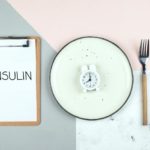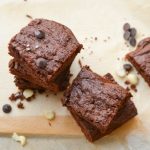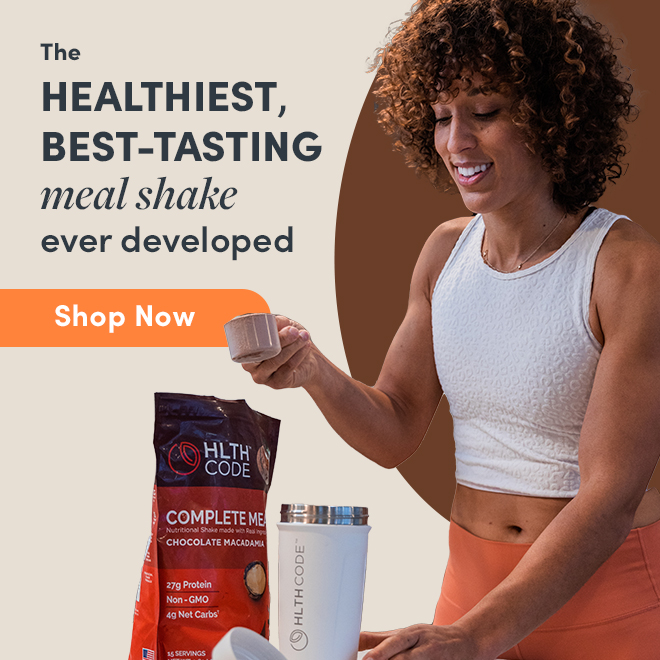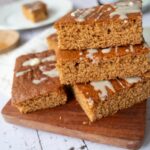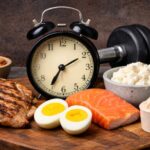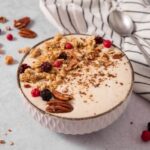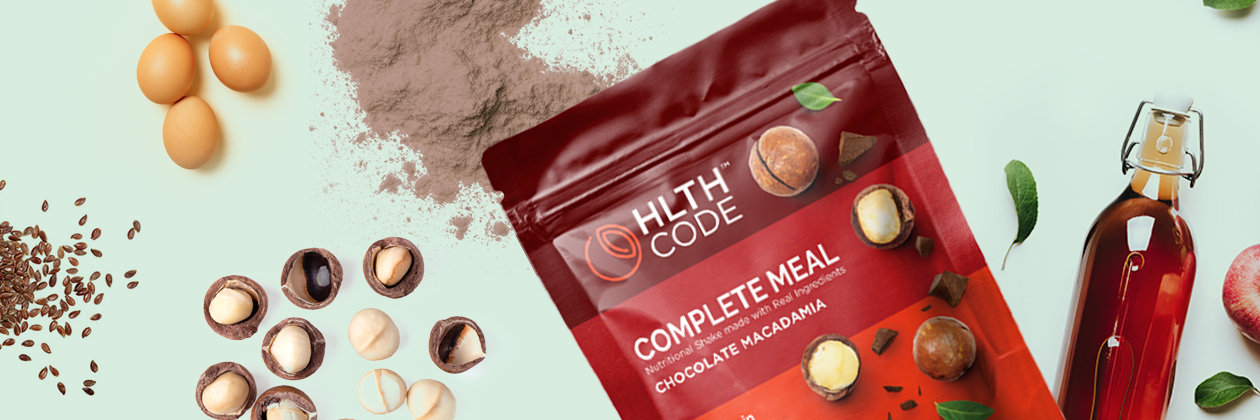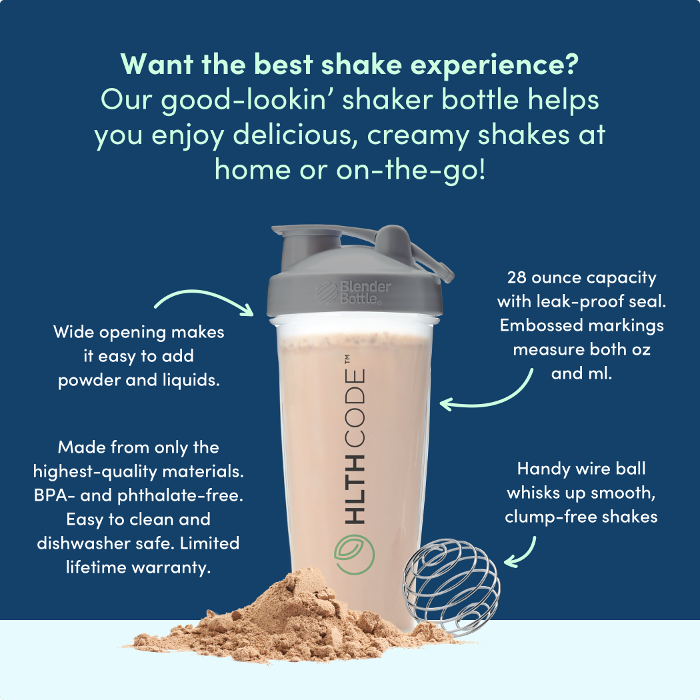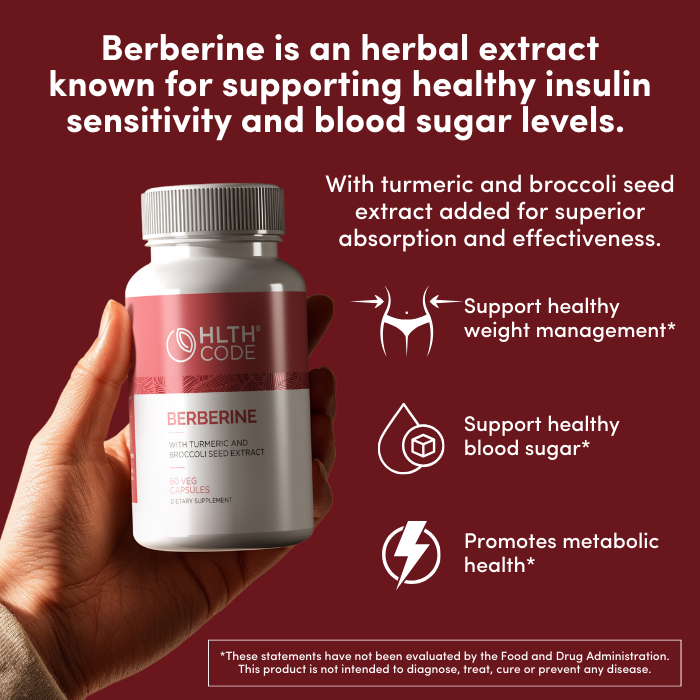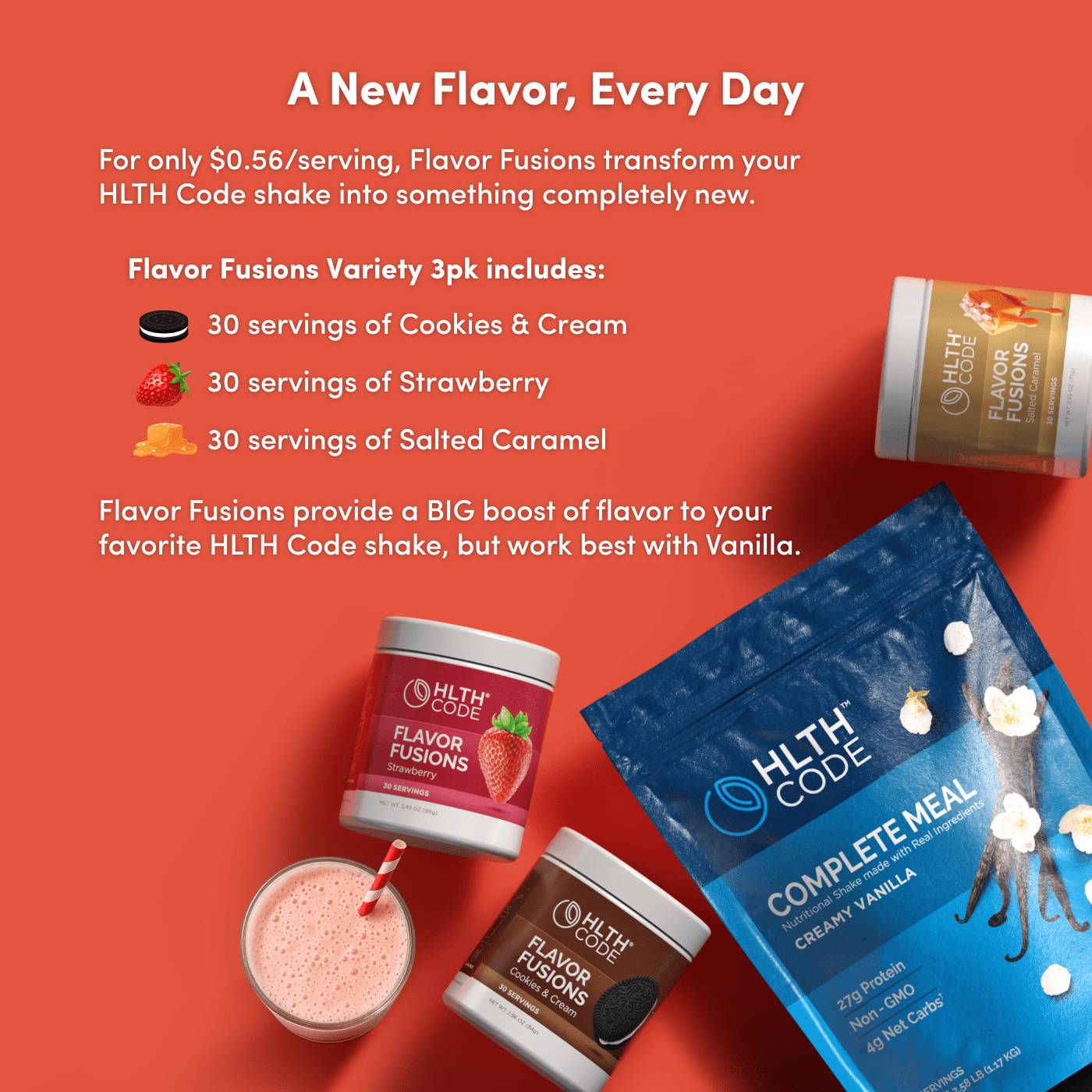Getting your “Beach Bod” Ready for Summer

The first day of Summer in the northern hemisphere is June 21st! Because it’s right around the corner, Summer is a great time to recommit to a healthy lifestyle and to get your “Beach Bod” ready to rock. As a life-long student of health, I’ll give you my opinion on what a beach bod is and isn’t, then we’ll jump into some great tips/tricks to help you look and feel comfortable in your flipflops and sunglasses.
What a beach body IS
First, it’s important to recognize that a beach body looks different to everyone. As a society, we have been conditioned to equate body weight with health status, but you’re better than that. You understand that no one’s body is perfect, and you understand that optimizing your health, regardless of your weight, is wonderful. Regardless of where you are on the health spectrum, you can improve, you can achieve better health, and you can enjoy the benefits that come from it.
The ideal beach body is confident, comfortable, and working every day to be healthy inside and out. You can almost immediately tell when you see someone who cares for their body. Being intentional with your diet, exercise, sleep, and grooming immediately give a positive vibe to the world that says, “I care about myself, and I’m working to be the best version of myself.” To me, that’s a beach body.
What a beach body is NOT
While a bit of sun can help you stay healthy (more on this below), I have put a shameless plug in here for sunscreen. A beach bod is NOT tan. Having worked in the dermatology industry for a time, I’ve helped countless individuals with melanoma and actinic keratosis (pre-cancer). There is nothing cute or macho about having half of your ear or a chunk of your nose removed because applying sunscreen was “inconvenient”. PLEASE keep your skin safe this Summer and stay lathered up. We work so hard to protect ourselves from the inside with good metabolic fuels and adequate hydration, then we assault it from the outside with UV rays and no protection. There’s only so much your body can do to keep skin cancer at bay. Help it out and protect yourself on the inside with good fuels and on the outside with sunscreen and protective clothing.
Tips and Tricks to Help you Look and Feel Your Best
As I mentioned, being intentional with your daily routines makes the biggest difference when it comes to optimizing your health and your beach body. Might I suggest four habits that will help you look your best for the beach days and pool parties.
1. Keep insulin under control. When the humble hormone insulin is low, the body has a metabolic advantage that helps it keep body fat under control. When insulin is low, not only is metabolic rate elevated, but hunger is kept at bay, and fat cells are more inclined to shrink [1,2,3]. There are numerous ways to help insulin stay low, but let’s highlight some key points.
One of my favorite parts of Summer is that fresh fruits and vegetables are in season. This is a great way to control the most metabolically-offensive carbohydrates, like refined sugars and starches. Beyond the benefits you’ll get from the vitamins, minerals, and fiber, fruits and vegetables are some of the least energy-dense foods available. This means that they have a relatively few numbers of calories for the volume you eat. When it comes to trimming up and looking good for the beach, this means that fruits and vegetables will fill up your stomach and help you not feel hungry without giving you tons of extra calories.
I would caution you to be a little bit careful with your fruits and veggies. Adding high-sugar sauces adds unnecessary calories and spikes your glucose and insulin. Non-starchy vegetables, like broccoli, zucchini, asparagus, spinach, lettuce, and carrots, are lower in energy density than starchy vegetables like potatoes, peas, and corn. Try making zucchini noodles or cauliflower rice to replace higher-carb options. When it comes to fruits, stick to fresh or frozen versions rather than fruit juices or dried fruits, which are higher in sugar and total calories per gram. I typically recommend filling half of your plate with fruits and vegetables to help you feel full without consuming more energy than you need/want.
Along these same lines, remember to ensure you’re prioritizing high-quality proteins and never fear the fats that come with those proteins. These are foods that have little to no insulin effect.
2. Move your body EVERY…SINGLE…DAY! Make a goal, schedule the time, and make it happen. I don’t care if it’s yoga, a walk around the block, a bike ride, yardwork, swimming, or volleyball. Any movement counts, and it’s all good for you. Plus, the warmer weather makes it so nice to exercise outside. Exercise improves your glucose control and insulin sensitivity,[4] it reduces systemic inflammation,[5] and it helps improve your metabolic rate (you’ll burn more calories because you have more muscles that need energy to survive), and you’ll improve the function of almost every organ system in your body.[6]
I’ll add a word of caution with exercise as well. Not everyone who exercises regularly will lose weight. Everyone responds differently to exercise, and even though regular physical activity uses up calories, it also influences the control of appetite. Having measured hunger in my lab, I have found that immediately following exercise, appetite and hunger decrease for a short time. However, your body will seek to restore energy balance and signal for you to eat a few hours after exercise.[7] It is very easy to eat more calories than you exercise off, so be sure to get 25-30 grams of good protein to help build your muscles and keep you full as well as some healthy fats to signal to your brain that you have plenty of energy (HLTH Code shakes check these boxes). Doing this will help you prevent post-exercise overeating.
3. Get sunlight. I lived near the artic circle in Finland for a few years. One thing I appreciate about Finnish culture (and that of many other Nordic countries) is that they take several weeks off work in the summer. They know that winters are dark and that their window for getting sunlight is limited, so they take time to soak up as much as they can. Sunlight helps convert cholesterol to Vitamin D, which helps control calcium and phosphorus absorption.[8] It also signals melanocytes to produce a dark pigment known as melanin (that’s why you get more tan when exposed to the sun). This melanin will be converted in the brain to melatonin, which will help signal sleep patterns and reduce systemic inflammation.[9] Sunlight also helps the body produce serotonin which is a “feel good” molecule vital for mood stabilization, digestion, wound healing, bone health and blood clotting. Maintaining healthy serotonin levels will help keep you calm, positive, and focused which can help you stay on track with your health goals. Keep your sunscreen on and get a little UV light exposure every day. Even 10 minutes will do your body wonders.
4. Stick to your regimen. It’s hard to keep to your fasting routine and your low carb diet when there are BBQ’s, pool parties, and summer events that surround you with sodas, popsicles, chips, and other delicious temptations. Live your life and enjoy the fun foods that come with Summer, but knowing your limits and sticking to your routines will help you keep your healthy beach body in ship shape. Setting yourself up for success will likely take some conscious effort on your part. Don’t be ashamed to bring a little of your own food to an event or fill up with some good protein and fat before going so that you don’t overindulge. A little planning can go a long way.
I would offer that you can be healthy and get the “beach body” you want, regardless of your current size or shape, if you are giving your body the tools it needs to succeed. Your body is amazing, and it has the capacity to self-regulate and self-heal. As you enjoy your Summer, remember to eat lots of veggies and fruits, get some exercise and sunshine in every day, and do your best to set goals and stick to them. As you do, your body will self-regulate to a healthier weight, and you will have the confidence to strut your stuff!
References
1. https://www.bmj.com/content/363/bmj.k4583
2. https://www.ncbi.nlm.nih.gov/pmc/articles/PMC4204795/
3. https://www.sciencedirect.com/topics/medicine-and-dentistry/lipolysis
4. Holloszy JO. Exercise-induced increase in muscle insulin sensitivity. J Appl Physiol (1985). 2005;99(1):338-343.
5. Beavers KM, Brinkley TE, Nicklas BJ. Effect of exercise training on chronic inflammation. Clin Chim Acta. 2010;411(11-12):785-793.
6. Fletcher GF, Landolfo C, Niebauer J, Ozemek C, Arena R, Lavie CJ. Promoting Physical Activity and Exercise: JACC Health Promotion Series. J Am Coll Cardiol. 2018;72(14):1622-1639.
7. Blundell JE, Gibbons C, Caudwell P, Finlayson G, Hopkins M. Appetite control and energy balance: impact of exercise. Obes Rev. 2015;16 Suppl 1:67-76.
8. DeLuca HF. Overview of general physiologic features and functions of vitamin D. The American journal of clinical nutrition. 2004;80(6 Suppl):1689S-1696S.
9. Corbalan-Tutau D, Madrid JA, Nicolas F, Garaulet M. Daily profile in two circadian markers “melatonin and cortisol” and associations with metabolic syndrome components. Physiology & Behavior. 2014;123:231-235.
This article is for informational and educational purposes only. It is not, nor is it intended to be substitute for professional medical advice, diagnosis, or treatment and should never be relied upon for specific medical advice.



